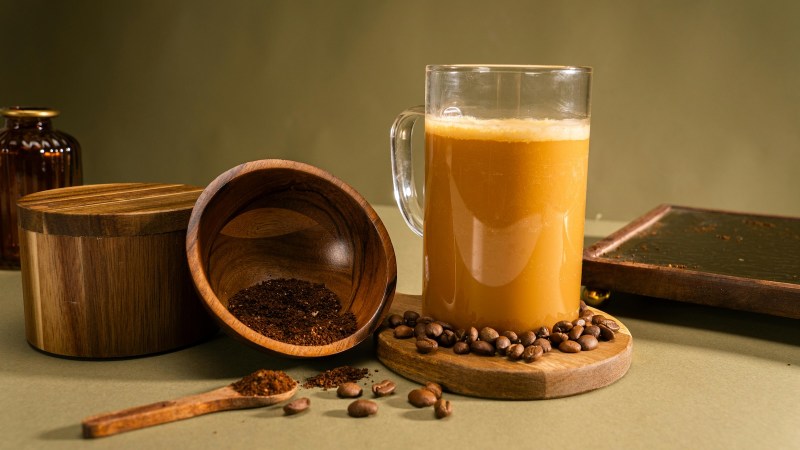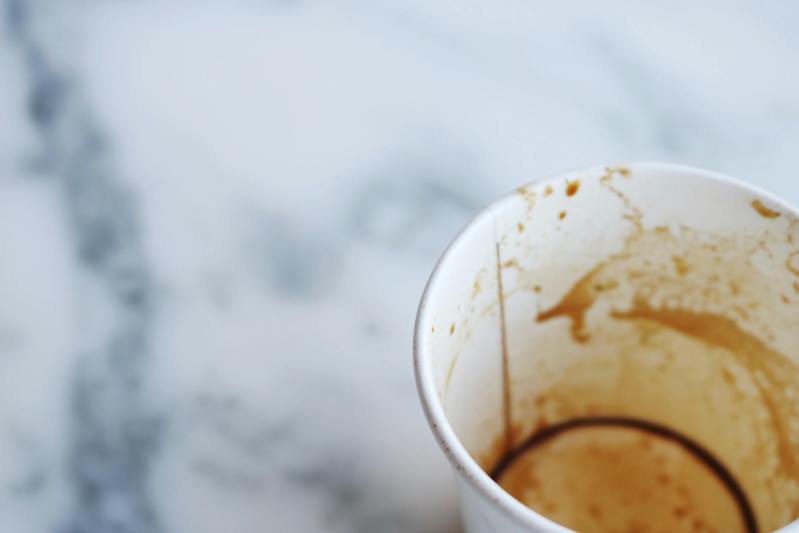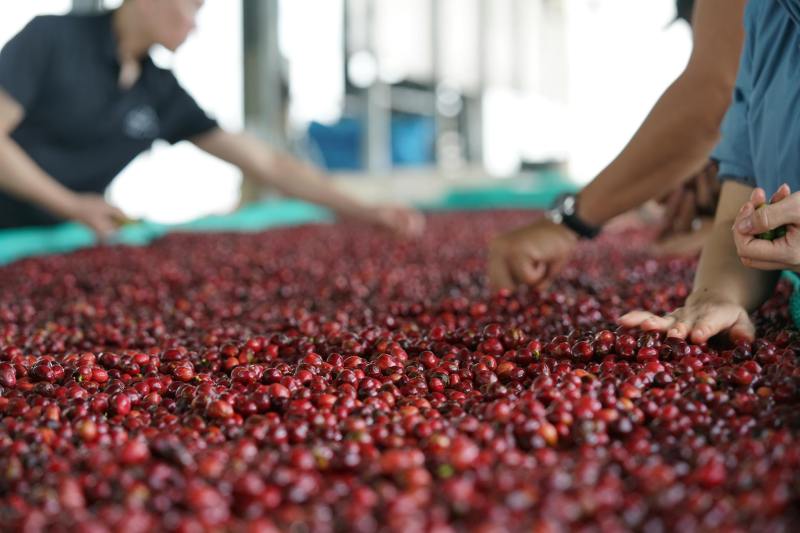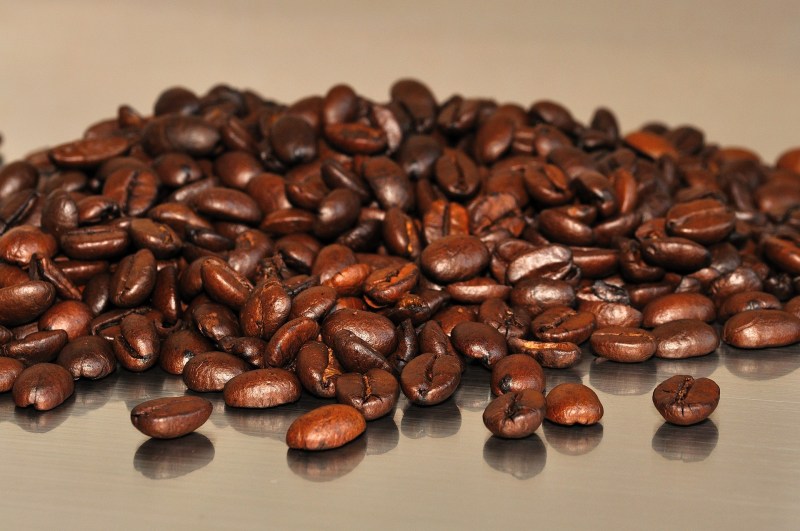Coffee beans come in four main types: Arabica, Robusta, Liberica, and Excelsa. Yet most of us have only tried Arabica or Robusta coffee beans, which make up the majority of coffee beans available on the commercial market. Excelsa coffee offers a unique flavor experience for coffee drinkers, yet it makes up only a minuscule portion of the world’s coffee production. What makes Excelsa coffee so different than other types of coffee beans, and why isn’t it consumed more often? In this guide, we’ll explore everything you’ve wondered about Excelsa coffee, from what it is to why it’s challenging to cultivate.
What is Excelsa coffee?

“Excelsa coffee is a rare and intriguing variety within the coffee world, prized for its distinctive flavour profile and its ability to thrive in challenging growing conditions. Although it accounts for less than 1% of global coffee production, its complexity and uniqueness aren’t going unnoticed, it seems, with more specialty roasters adding it to their offerings,” says Jordan O’Shea, Operations Manager at Crosby Coffee.
“As climate change continues to impact traditional coffee-growing regions, there’s growing interest in expanding Excelsa cultivation, particularly in more climate-resilient areas, positioning it as a potential frontrunner in sustainable coffee farming,” he says.
What does Excelsa coffee taste like?

Excelsa coffee’s taste is different from other types of coffee beans, known for its tart and fruity flavors. O’Shea describes his recent experience trying Excelsa coffee for the first time: “I had my first experience with Excelsa earlier this year—a medium roast from India—and it completely surprised me. Brewed as a pourover, it delivered a vibrant, tart acidity with a rich, heavy body. The cup had smoky undertones layered with fruit notes reminiscent of plum and prune, and a captivating aroma that brought to mind chai and cardamom,” he describes.
“Although Excelsa coffee was once considered its own species, it’s now classified as a variety of Coffea liberica. Knowing this, I expected it to share some traits with the Liberica coffees I’ve enjoyed in the past. And while there were a few familiar elements, Excelsa stood out. The beans were smaller and teardrop-shaped, with less florality and more acidity than I anticipated. The overall experience was fascinating—deeply complex, and in a way, more comparable to the layered nuance of whiskey than to similarly processed Arabicas.”
What makes Excelsa coffee challenging to grow and cultivate?

Exploring the intriguing flavor of Excelsa coffee leaves many of us wondering why we’ve never come across this variation of coffee. Excelsa coffee isn’t commonly found at coffee shops or in grocery stores due to a variety of factors. Growing and harvesting Excelsa coffee is far more difficult than other species of coffee. One reason for this is that Excelsa coffee plants produce fewer coffee beans per plant compared to Robusta and Arabica coffee, making it expensive to grow in large quantities.
Cultivating and harvesting Excelsa coffee beans also poses various challenges for coffee farmers. Firstly, this species of coffee plant grows taller than other species, requiring frequent pruning, which increases labor costs. Unlike Arabica or Robusta, which grow more like a shrub, Excelsa coffee grows like a tree. The vertical and intricate nature requires additional attention by coffee farmers and makes cultivation difficult. Excelsa coffee plants also take longer to ripen than other varieties, making them not ideal for commercial use.
Where is Excelsa coffee grown?

Excelsa coffee was first discovered in the 19th century in Southeast Asia. This particular plant species grows well in tropical climates and thrives at an altitude of between 1,000 and 1,300 meters above sea level (compared to Arabica beans, which require much higher elevations). For this reason, most Excelsa coffee is grown in Vietnam and the Philippines. These countries have ideal humidity levels, altitude, temperature, and average rainfall amounts to allow Excelsa coffee beans to thrive.
Excelsa coffee for sustainable coffee farming
While Excelsa coffee is still hard to come by, many coffee experts like O’Shea agree that Excelsa coffee has become more popular over the last few years. Many coffee lovers are curious to try a taste of this exclusive coffee (I know I am). Additionally, interest in Excelsa coffee is increasing as coffee drinkers become more aware of sustainable coffee farming solutions.
Unlike other species of coffee, Excelsa coffee can thrive in higher temperature environments and is naturally resistant to pesticides. Its ability to grow in even harsh conditions means it could become more popular as the landscape of climate change continues to shift. Additionally, the natural resistance of Excelsa plants reduces the need for chemicals to be used on coffee, which could attract more coffee drinkers.




